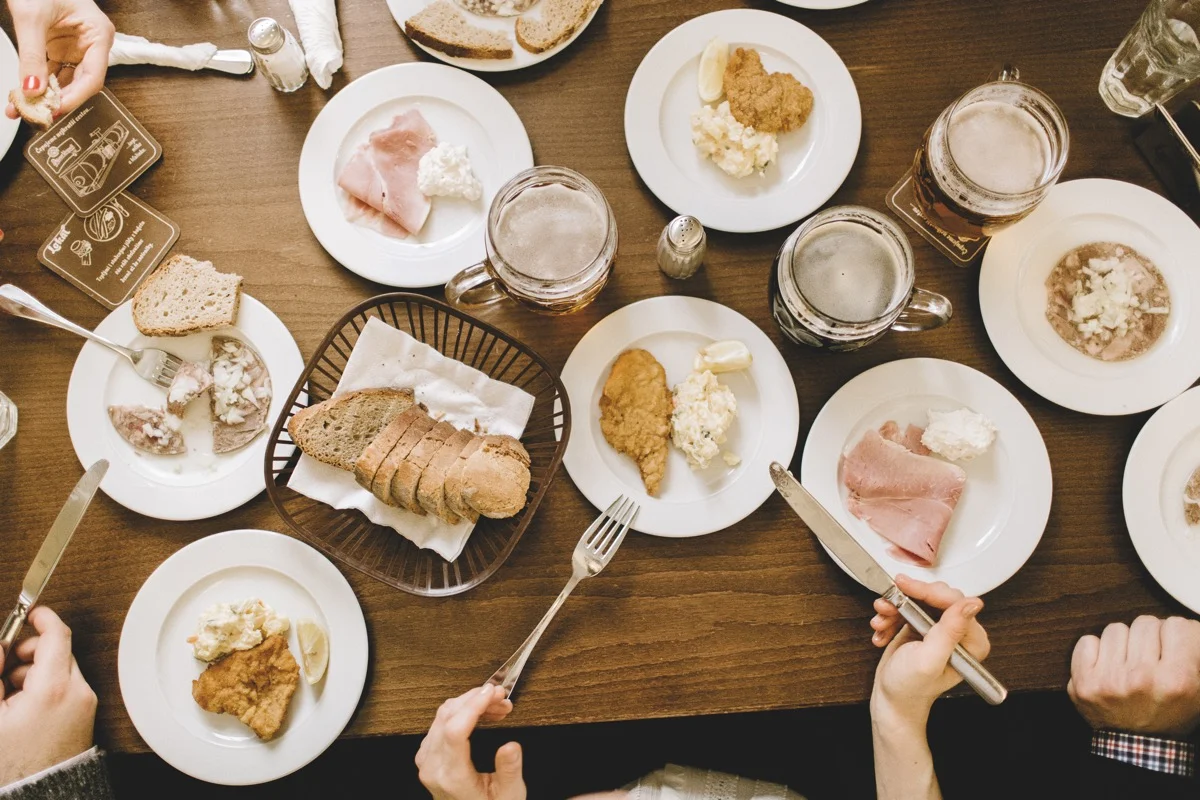Now, the Czechs have the amazing ability to bread nearly everything: while the Wiener Schnitzel is typically made of veal, most Czech schnitzels would be probably made of pork (either the leg or the neck) or chicken. That said, Czechs can bread and fry nearly everything: mushrooms, cauliflower, zucchini and, famously, cheese (most foreign visitors mistakenly - and mercifully - think the fried cheese in Prague is mozzarella sticks. It’s not, it’s fried breaded Eidam cheese).
The schnitzel is also where Central Europe meets in one delicious, breaded and fried union. Wherever you travel - Prague, Vienna, Budapest, Bratislava or Munich - the odds are you will bump into a schnitzel on the menu sooner rather than later. Sure, Viennese claim the Wiener Schnitzel, but if you look at the Cotoletta alla Milanese from Milan, Italy, for instance, you’ll get nearly the same thing. A proper schnitzel is all about texture: the meat should be tenderized into smaller thickness and the breading should be crispy, not soggy.
Schnitzel in Prague is served mostly with potato salad, which, by itself, is a matter for an entirely different - and probably heated - debate. Another option is to have it with creamy potato mash. Together, they make a wonderfully tasty combination that reminds many Czechs of their childhood because, let’s face it, the best schnitzels are always made by grandma!
Now, if you regrettably do not have a Czech grandma, where can you have the best schnitzel in town? We have a few tips.
Cafe Savoy
In addition to one of the best breakfasts in Prague, Café Savoy also serves near perfect schnitzels in our book. Made of pork, it is served here with potato salad and, unlike in many restaurants in Prague, with cranberry compote. We also like their higher-end “gourmet” option that includes fried sweetbreads. The size of the portion is right, too. You can also get the veal schnitzel, but my-oh-my, the price is quite high. [website]
Cestr
Unbeknown to many, Cestr also serves one killer of a chicken schnitzel if you ask for it. Whenever we served it to our guests, it was one of the favorites, especially when paired with their awesome milk mash. Now, this is an off-the-menu item that may not be available every single day, but it is usually prepared for kids, and for good reason: even the pickiest Czech kids will east a good chicken schnitzel when everything else fails. [website]
Lokal at Dlouha St
This popular pub serves two types of pork schnitzels. One is made of the roast pork leg, which is fried on butter (just like their fried cheese), while the roast pork neck schnitzel is fried on pork ard. The former one will be leaner, the latter will be a bit fattier but also juicier. Again, paired with their potato salad, it’s a winner. [website]
Krystal Mozaika Bistro
If you want a proper veal schnitzel, head over to the Karlin district and try Krystal’s version fried on butter and served with a leaner potato salad version. Finish it off with their fabulous plum dumplings served in butter with poppies, plum jam and a dash of Slivovitz, the local plum brandy. [website]
SCHNITZEL RECIPE
Normally, we would put our own recipe here. But we will make an exception today and instead post a link to a great Wiener Schnitzel recipe by no other than Ewald Plachutta, the founder of the famous Plachutta restaurant in Vienna. It is so well made (and with pictures!) that we thought not posting this one would be a big mistake. For the recipe, please follow this link.
Bon apetit!













